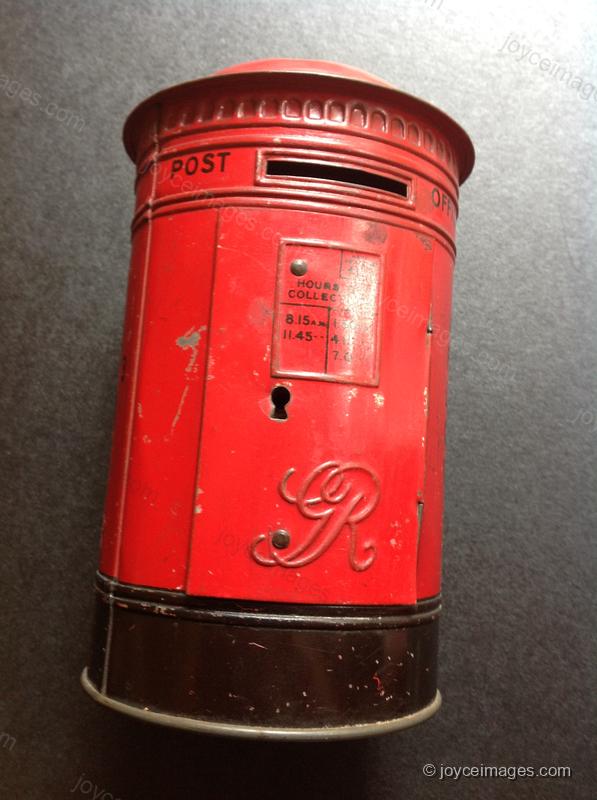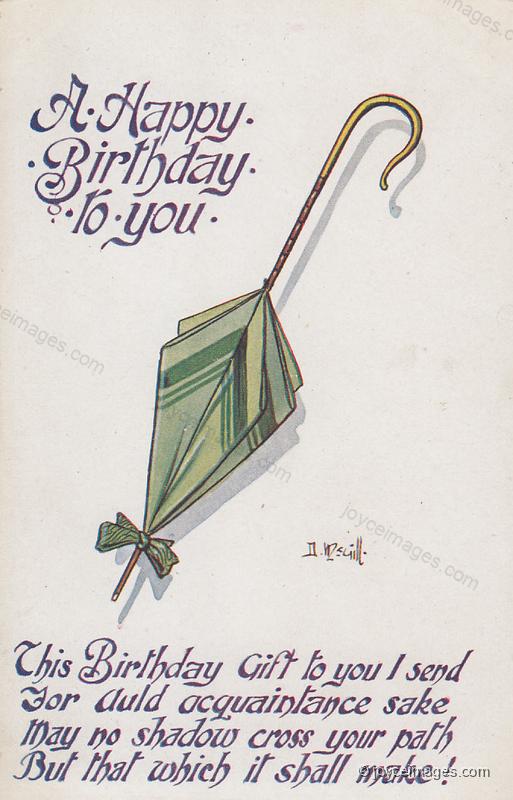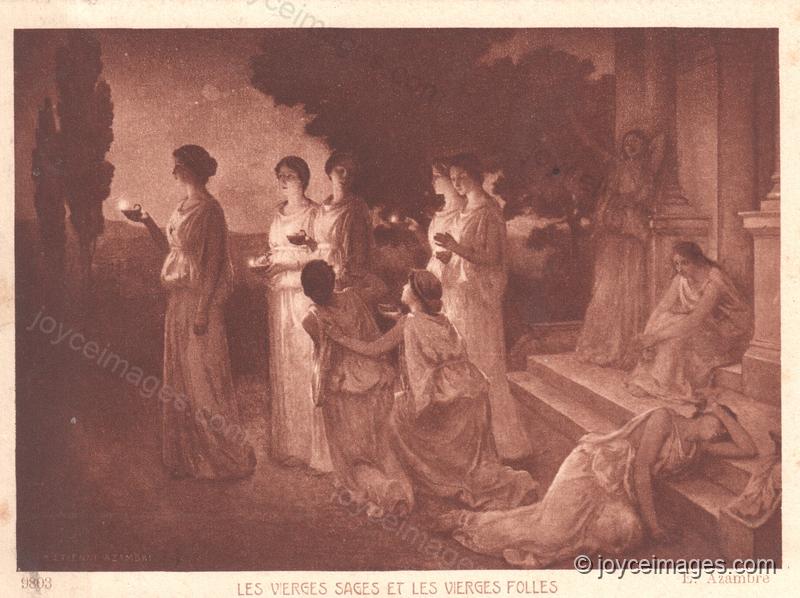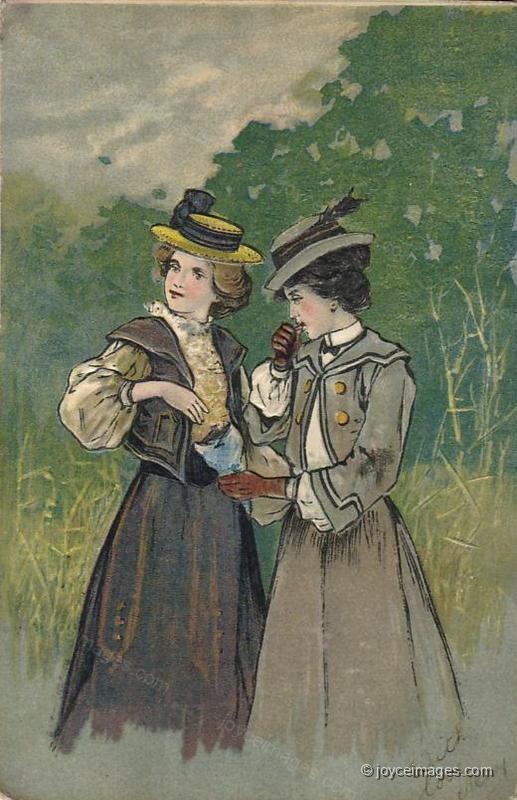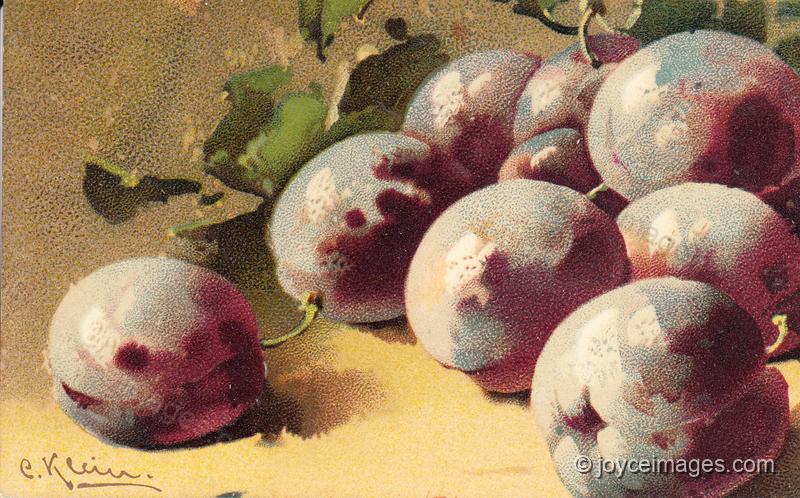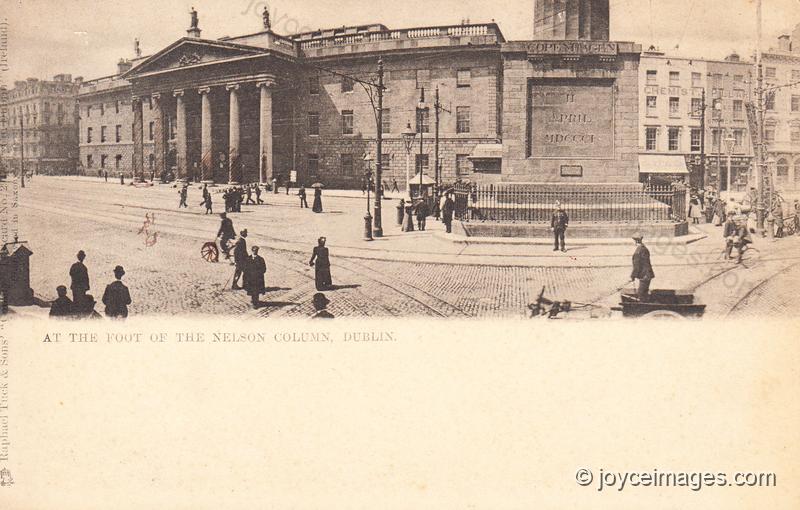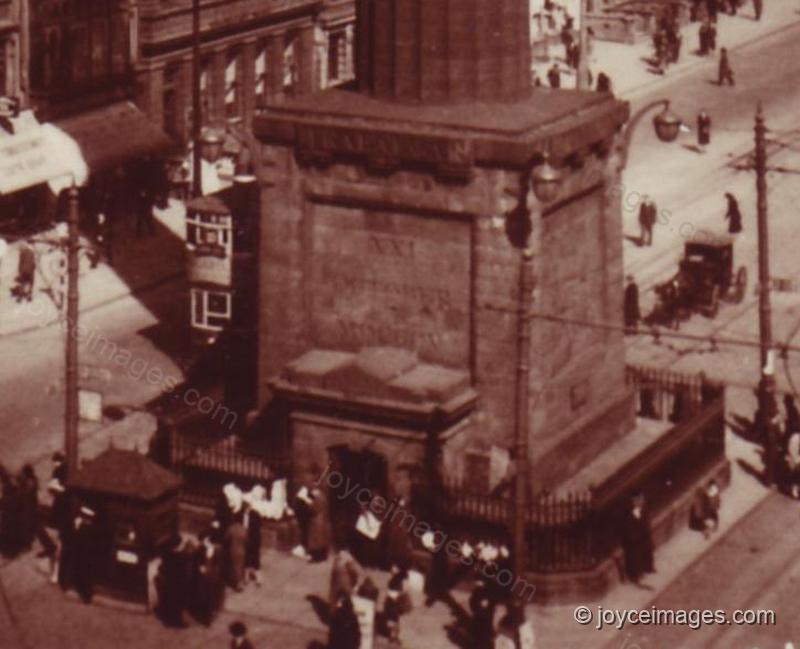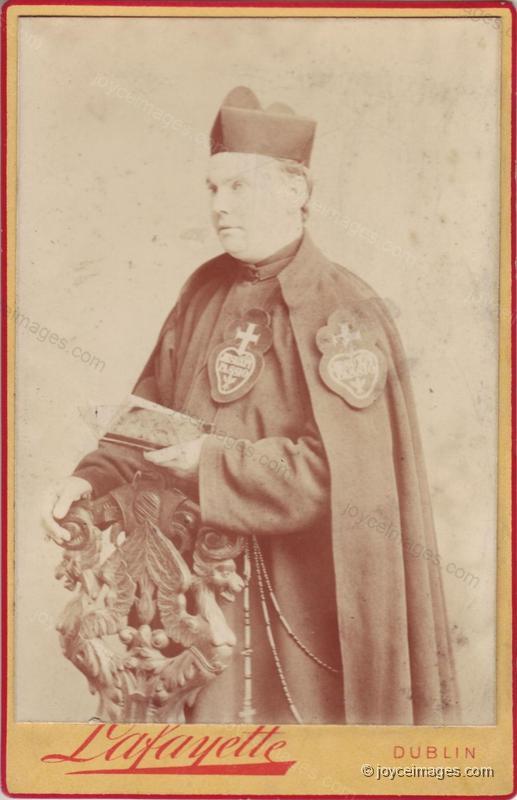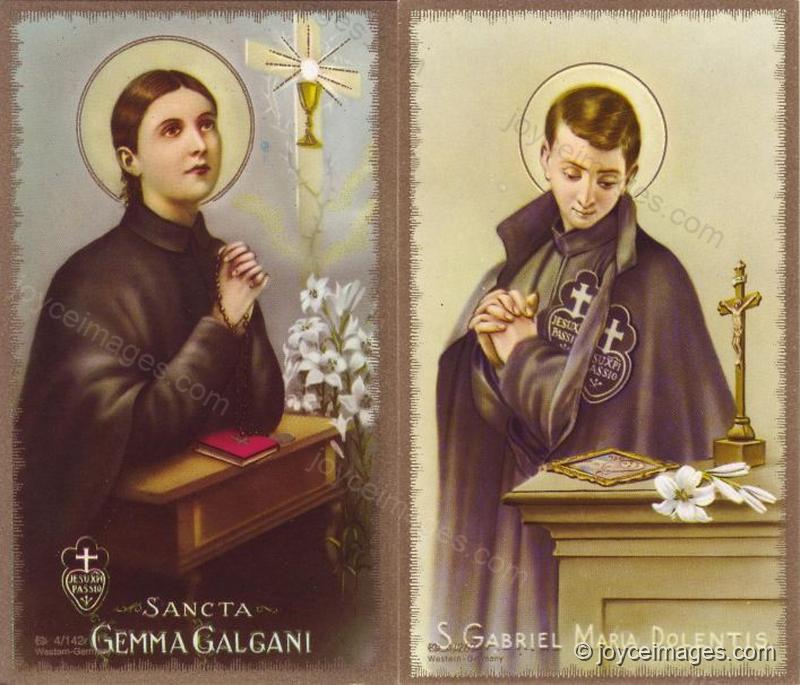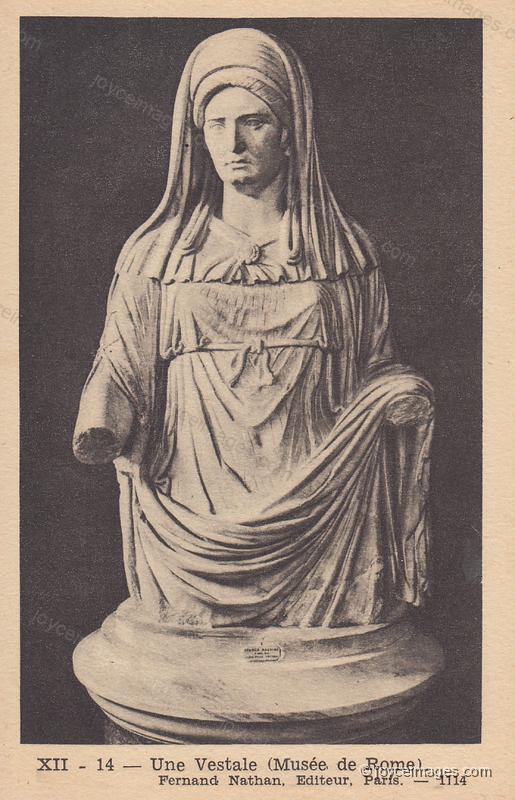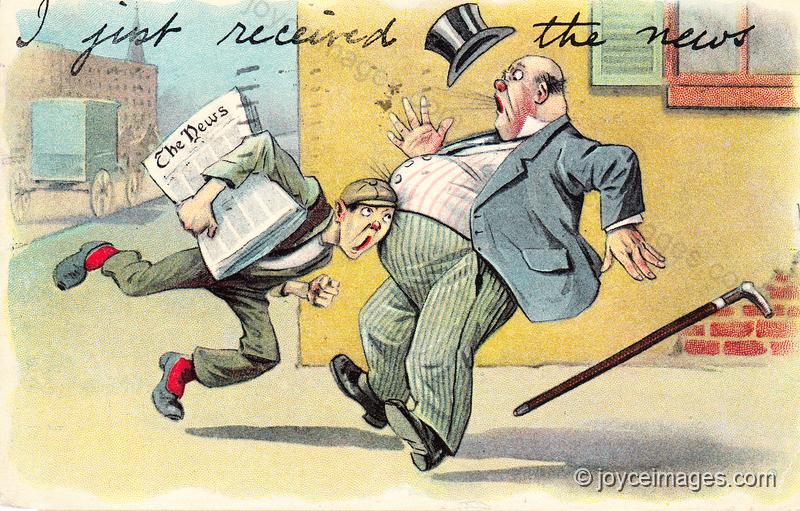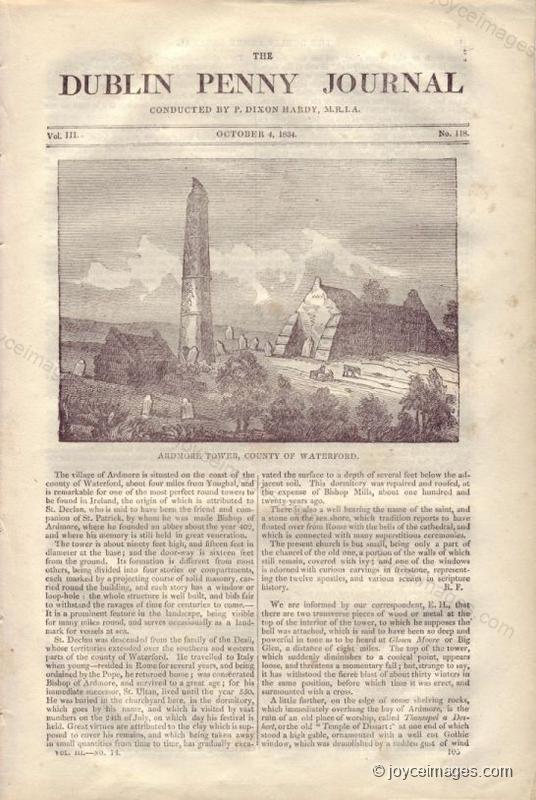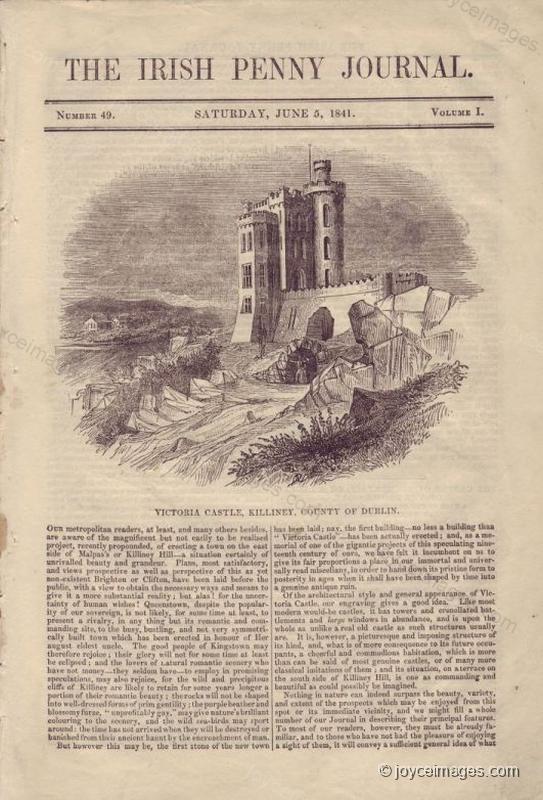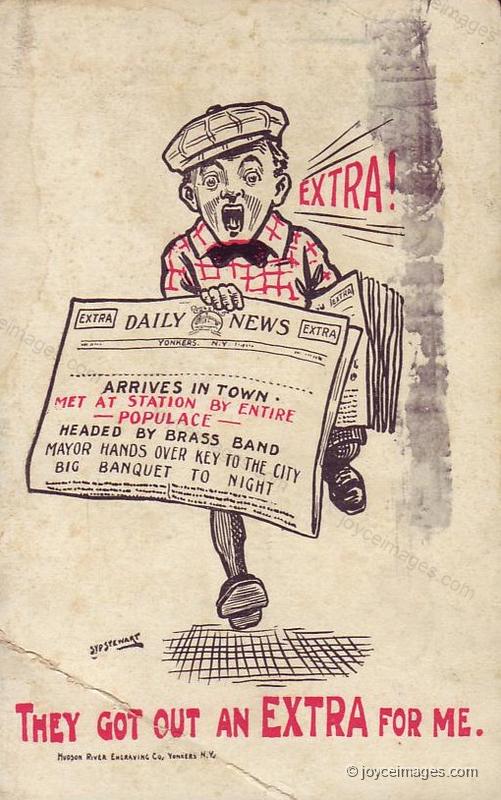"They save up three and tenpence in a red tin letterbox moneybox. They shake out the threepenny bits and sixpences and coax out the pennies with the blade of a knife. Two and three in silver and one and seven in coppers." ([U7.932])
Image courtesy of Tim & Christine O''Neill.
Image courtesy of Tim & Christine O''Neill.
"They put on their bonnets and best clothes and take their umbrellas for fear it may come on to rain." (U7.935)
"LIFE ON THE RAW
- They buy one and fourpenceworth of brawn and four slices of panloaf at the north city dining rooms in Marlborough street from Miss Kate Collins, proprietress." (U7.938)
- They buy one and fourpenceworth of brawn and four slices of panloaf at the north city dining rooms in Marlborough street from Miss Kate Collins, proprietress." (U7.938)
"They give two threepenny bits to the gentleman at the turnstile and begin to waddle slowly up the winding staircase," (U12.942)
The winding staircase of Nelson' pillar had 168 narrow steps.
The winding staircase of Nelson' pillar had 168 narrow steps.
"grunting, encouraging each other, afraid of the dark, panting, one asking the other have you the brawn, praising God and the Blessed Virgin, threatening to come down, peeping at the airslits. Glory be to God. They had no idea it was that high." (U7.944)
Nelson's pillar rose 121 ft (36.8 m) from the ground and was topped by a 13 ft (3.9 m) tall statue, giving it a total height of 134 ft (40.8 m). In 1900, it was the 4th highest monument in the world. Nelson's statue was the work of Irish sculptor Thomas Kirk, R.H.A.
Nelson's pillar rose 121 ft (36.8 m) from the ground and was topped by a 13 ft (3.9 m) tall statue, giving it a total height of 134 ft (40.8 m). In 1900, it was the 4th highest monument in the world. Nelson's statue was the work of Irish sculptor Thomas Kirk, R.H.A.
"Their names are Anne Kearns and Florence MacCabe. Anne Kearns has the lumbago for which she rubs on Lourdes water, given her by a lady who got a bottleful from a passionist father. Florence MacCabe takes a crubeen and a bottle of double X for supper every Saturday." (U7.948)
Passionists are a Roman Catholic order founded by the Italian Paul Francis Danei (St Paul of the Cross, 1694-1775) in the 1720s. Its main object was to awaken in the faithful the memory of the Passion of Christ. Their first house in Ireland was started in 1865 by Father Vincent Grotti, encouraged by Cardinal Cullen, on a property called Mount Argus, near Dublin. Father Paul Mary (nephew of Lord Wellington) was the first rector there. Father Charles of Mount Argus is mentioned in Circe. Passionists wear a rough wool tunic bearing the words 'Jesu XPI Passio,' meaning 'Passion of Jesus Christ.'
Passionists are a Roman Catholic order founded by the Italian Paul Francis Danei (St Paul of the Cross, 1694-1775) in the 1720s. Its main object was to awaken in the faithful the memory of the Passion of Christ. Their first house in Ireland was started in 1865 by Father Vincent Grotti, encouraged by Cardinal Cullen, on a property called Mount Argus, near Dublin. Father Paul Mary (nephew of Lord Wellington) was the first rector there. Father Charles of Mount Argus is mentioned in Circe. Passionists wear a rough wool tunic bearing the words 'Jesu XPI Passio,' meaning 'Passion of Jesus Christ.'
The main apostolate of Passionists has been retreats, missions, spiritual direction, and prayer groups. Passionists do not usually open schools or universities, except seminaries for students wishing to join their order. The congregation collectively owns only the community house and a bit of land attached to it. It relies on its own labor and on contributions to survive financially. A number of Passionists have been canonised, including St Paul of the Cross, St Gabriel of Our Lady of Sorrows, St Vincent Strambi, some of the Passionist Martyrs of the Spanish Civil War, St Maria Goretti and St Gemma Galgani. Father Charles of Mount Argus (1821 - 1893) was beatified by John Paul II in 1988.
"A bevy of scampering newsboys rushed down the steps, scattering in all directions, yelling, their white papers fluttering. Hard after them Myles Crawford appeared on the steps, his hat aureoling his scarlet face, talking with J. J. O'Molloy.
— Come along, the professor cried, waving his arm.
He set off again to walk by Stephen's side.
— Yes, he said. I see them." (U7.955)
— Come along, the professor cried, waving his arm.
He set off again to walk by Stephen's side.
— Yes, he said. I see them." (U7.955)
"RETURN OF BLOOM
Mr Bloom, breathless, caught in a whirl of wild newsboys near the offices of the Irish Catholic and Dublin Penny Journal, called:
- Mr Crawford! A moment!" (U6.962)
Three Irish 'Penny' periodicals were published in the 19c. The Dublin Penny Journal (1832 - 36) was short-lived but its circulation reached a remarkable 50,000 copies. It was followed in 1840 by The Irish Penny Journal, and in 1841 by The Irish Penny Magazine.
Mr Bloom, breathless, caught in a whirl of wild newsboys near the offices of the Irish Catholic and Dublin Penny Journal, called:
- Mr Crawford! A moment!" (U6.962)
Three Irish 'Penny' periodicals were published in the 19c. The Dublin Penny Journal (1832 - 36) was short-lived but its circulation reached a remarkable 50,000 copies. It was followed in 1840 by The Irish Penny Journal, and in 1841 by The Irish Penny Magazine.
The Penny journals catered to the revival of interest in the Gaelic-speaking past and its literature, and in a specifically Irish culture and identity (poetry, short stories, novels, music). The writing was of a high quality, including some of Mangan's best-known poems and translations. All three journals had large wood engravings by professional illustrators.
